Orchha Tour
Orchha is a small yet interesting town situated on the banks of River Betwa in the northern part of Madhya Pradesh. The town was once covered with thick forest from all four sides and was discovered by Bundela rulers only in the year 1531. It also served as a capital to the Bundela Kings. It is dotted with numerous temples and palaces, which were built between 16th and 17th century. The monuments build by the Bundela rulers are deemed as the best example of Indo-Islamic architecture.
Jehangir Mahal
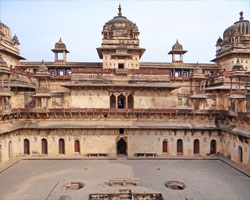
Built by Raja Bir Singh Ju Deo in the 17th century to commemorate the visit of Emperor Jehangir to Orchha. Its strong lines are counterbalanced by delicate chhatries and treillies work, the whole conveying an effect of extraordinary richness.
Raj Mahal
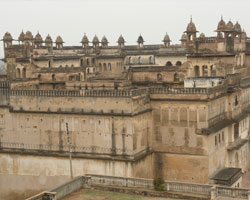
Situated to the right of the quardrangle, this palace was built by Madhukar Shah, the deeply religious predecessor of Bir Singh Ju Deo. The plain exteriors, crowned by Chharties, give way to interiors with exquisite murals, boldly colourful, on a variety of religious themes.
Rai Praveen Mahal
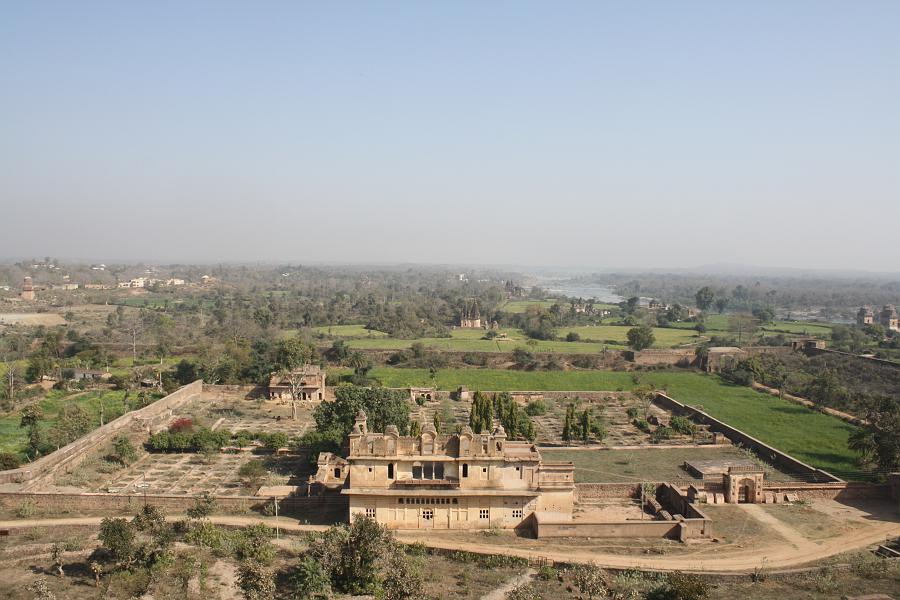
Poetess and musician, Rai Praveen was the beautiful paramour of Raja Indramani (1672-76), and was sent to Delhi on the orders of Emperor Akbar, who was captivated by her. She so impressed the Great Mughal with the purity of her love for Indramani that he sent here back to Orchha. The palace built for her is a low, two storeyed brick structure, designed to match the height of the trees in the surrounding, beautifully landscaped gardens of Anand Mahal, with its octagonal flower beds and elaborate water supply system. Skilfully carved niches allow light into the Mahal which has a main hall and smaller chambers.
Ram Raja Temple
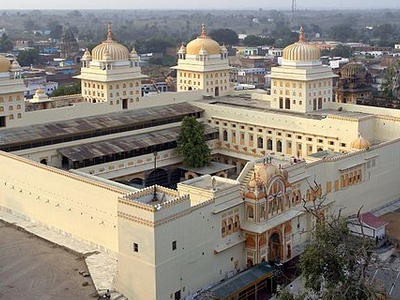
This palace - turned - temple has a charming legend attached to it. Following the dream visitatio of Lord Rama, Madhukar Shah's wife, Ganesh Kunawari brought a statue of the god from Ayodha to Orcha. While the king was a worshipper of Lord Kridhna, the Queen was devotee of Lord Krishna, the queen was a devotee of lord Rama. The image was placed in a palace prior to its installation in a temple. When the idol proved impossible to move, the queen recalled, too late the deity's edict that the image would remain in the place where it was first installed. Today, with its soaring spires and palatial architecture, the temple is surely one of the most unusual in India. It is also the only in the country where Rama is worshipped as a king (Raja).
Phool Bagh
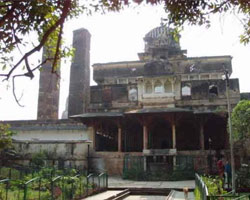
Laid out as a formal garden, this complex testifies to the refined aesthetic qualities of the Bundelas. A central row of fountains culminates in an eight-pillared palace-pavilion. A subterranean structure below was the cool summer retreat of the Orchha kings. An ingenious systems of water ventilation connected the under ground palace with Chandan Katora, a bow-like structure from whose fountains droplets of water filtered through to the roof, simulating rainfall.
Sunder Mahal
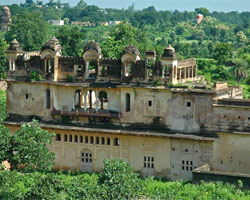
This small palace, almost in ruins today, is still a place of pilgrimage for Muslims Dhurjban, son of Jhujhar, embraced Islam when he wed a Muslim girl at Delhi. He spent the latter part of his life in prayer and meditation and came to be revered as a saint.
Destination
Tours Gallery
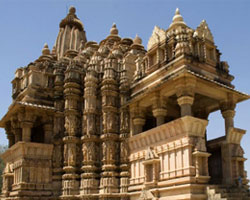 Adinatha Temple - Khajuraho
Adinatha Temple - Khajuraho
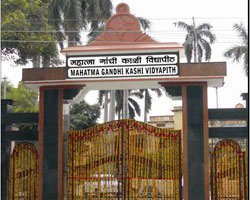 Kashi Vidya Peeth - Varanasi
Kashi Vidya Peeth - Varanasi





